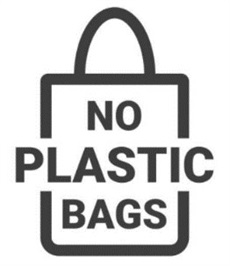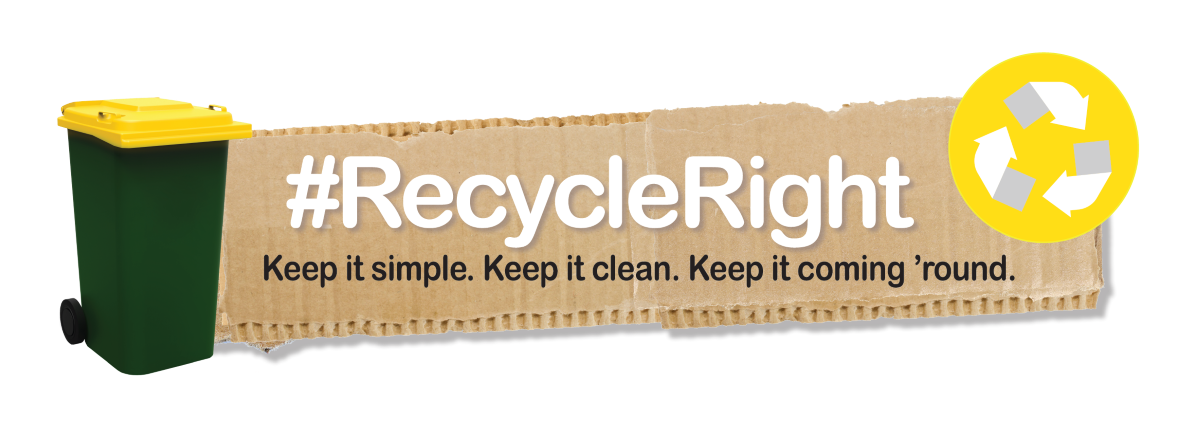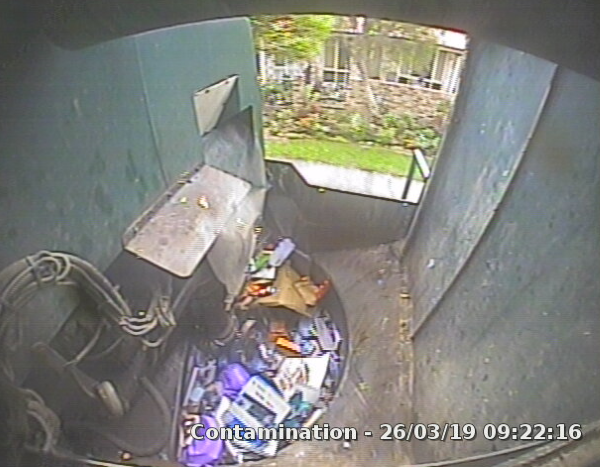Yellow lid bins - recycling
Yellow lid recycling bins are available in all areas for houses, duplexes, businesses and rural residents. See what can go in your yellow bin.
 Yellow bins are collected every 2 weeks. (Businesses can request weekly collection).
Yellow bins are collected every 2 weeks. (Businesses can request weekly collection).
- Only items that can be recycled go in your yellow bin.
- Available in 140L, 240L and 360L sizes
To order a different size or ask any questions, call 02 6670 2400 or email resourcerecovery@tweed.nsw.gov.au.
Where does it go?
Recyclables are collected and sorted at a private facility in Chinderah. Watch what happens behind the scenes at the recycling facility.
Once squashed and baled (placed into cubes) materials are sent for further processing to be made into new items.
Plastic, paper, cardboard and metal are sent to different processors based on demand.
Our recyclables do not go to landfill.

Recycle Right
Recycle Right is a campaign to boost local recycling and reduce contamination rates in the Northern Rivers.
The campaign offers tips for home recycling as well as workshops throughout the year and during National Recycling Week.
If we all do our bit, we can keep our resources coming 'round.

Tips for yellow bins
Buy in bulk and use reusable containers to avoid packaging.
- No plastic bags (don’t bag your recyclables).
- No soft plastics.
- No nappies.
- No food or dirty containers.
- No cords, rope or cables.
- Keep out soft plastics (even if it has a recycle symbol).
- Keep out small items (nothing smaller than a credit card).
Plastic bags get caught in sorting equipment and clog up machinery, which increases recycling costs.
Collection trucks are fitted with cameras. Bins with incorrect items will be tagged and left behind (and will only be collected once the contamination has been removed.)
Council’s bin inspector also checks bins and provides feedback to residents.

What goes in a yellow bin?
Glass
Bottles and jars
Cosmetic jars
Medicine and vitamin bottles
Wine bottles
(separate lids from bottles and jars, only place lids in yellow bin if larger than a credit card)
Paper
Advertising leaflets
Butcher and deli paper
Books
Envelopes
Gift wrapping
Newspapers and magazines
Office paper
Paper bags
Phone books
Hard plastic
Berry and vegetable punnets
Butter and margarine containers
CD cases (no disc)
Cosmetic jars
Detergent bottles
Food and cake trays
Hard plastic containers (no hazardous chemical containers)
Ice cream containers
Laundry and dishwashing detergent containers
Medicine and vitamin bottles
Milk bottles
Old lunchboxes
Plant pots
Plastic bowls and cups
Shampoo and hair product containers
Take-away containers
Tupperware
Yoghurt containers
Cardboard
Cardboard and cardboard boxes (not waxed)
Cereal boxes
Egg cartons
Greeting cards
Juice cartons
Paper plates
Paper towel
Pizza boxes (no food)
Tetra packs
Tissue boxes
Toilet paper rolls
Metal
Aluminium foil and trays
Foil lined cartons and long life cartons (juice, milk, stock)
Cans (food and drink)
Jar lids (if larger than a credit card)
Paint tins (remove paint)
Pet food cans
Pots, saucepans and frying pans (no glass lids)
What doesn't go in a yellow bin?
Keep these out of your yellow bin
Aerosol cans (including deodorant and hairspray)
Biscuit trays
Bottle tops
Building materials
Car parts
Cling wrap and soft plastics
Chip packets
Coffee cups and lids
Compostable bags
Confectionery wrappers
Disposable razors
E-waste
Fabric, clothing, shoes, doonas, pillows
Foam packaging
Food scraps
Glass lids from pots, pans and Pyrex containers
Liquids
Lightbulbs
Nappies
Polystyrene, including meat trays
Rope, string, twine, wire, plastic strapping, cables
Scrap metal
Serviettes
Shopping bags and supermarket bags
Toothpaste tubes
Toys
Waxed boxes
Waste educational tours
To find out about tours, visits to Council facilities and DIY waste-wise programs, head to educational tours.